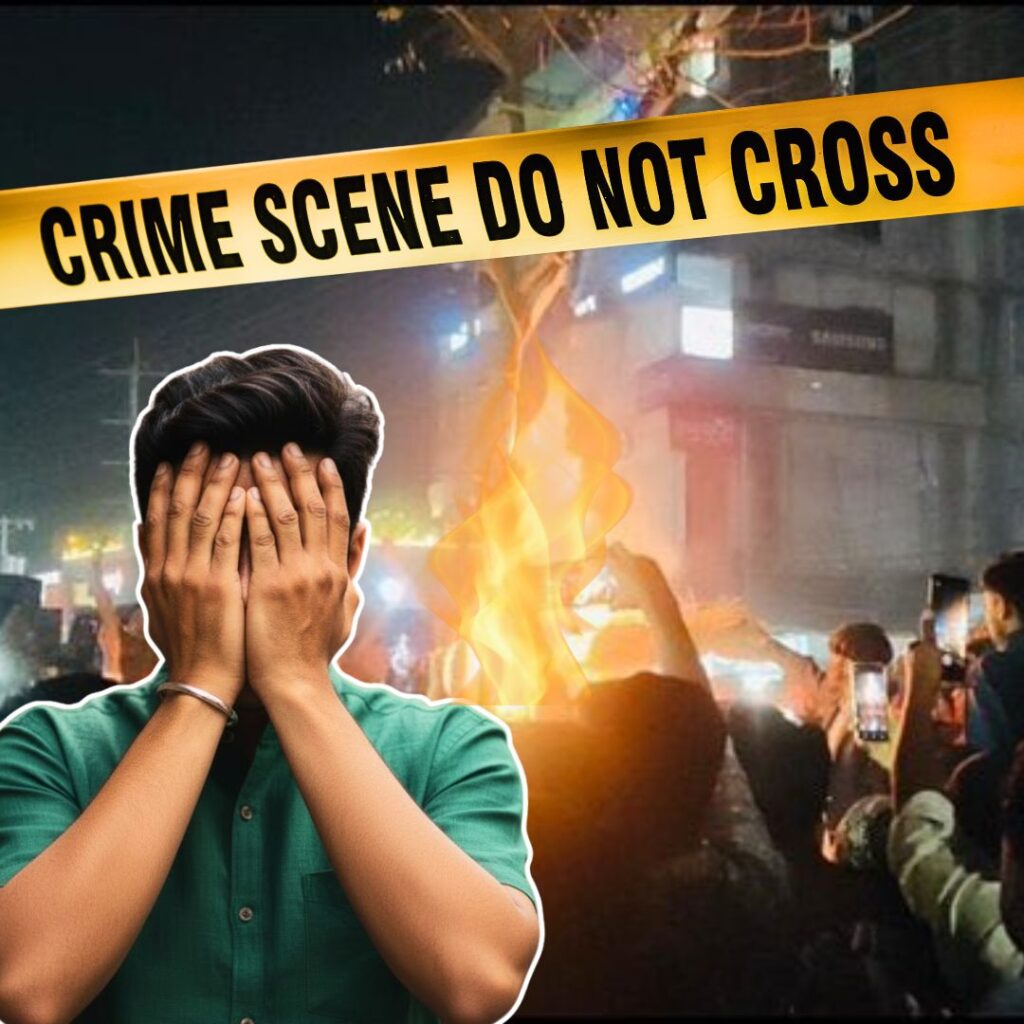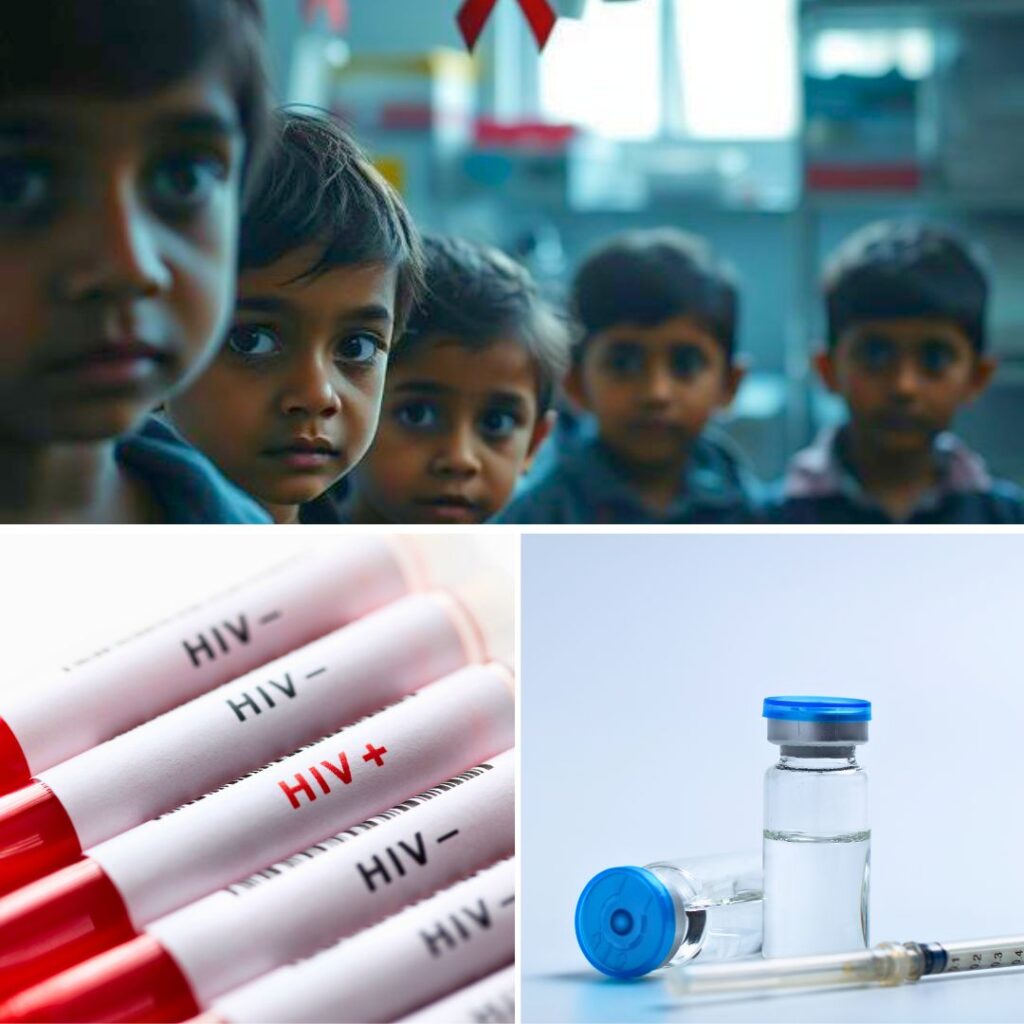June 20 is the day the world celebrates the vigour, courage and perseverance of millions of people who are either forced to leave their homes and live in exile or stay behind and wait for their loved ones to come back.
It’s the World Refugee Day – a day to not only show support for refugees worldwide in their time of greatest need, but a day of resistance.
Yesterday, we commemorated this year’s World Refugee Day, and on the occasion, the United Nations Human Rights Council released a report – Global Trends: Forced Displacement In 2016 – on the number of people displaced in 2016.
65.6 million forcibly displaced worldwide: Global refugee population is highest on record
By the end of 2016, 65.6 million individuals were forcibly displaced worldwide as a result of persecution, conflict, violence, or human rights violations. That was an increase of 300,000 people over the previous year, and the world’s forcibly displaced population remained at a record high, revealed the data published by UNHCR.
Out of the 65.6 million people, 22.5 are refugees.
During last year, 10.3 people were newly displaced as a result of conflict or persecution – this number is inclusive of the 6.9 million persons displaced within the borders of their own countries and the 3.4 million new refugees and asylum-seekers.
Among the report’s key findings, is that new displacement, in particular, remains very high. Of the 65.6 million people forcibly displaced globally, 10.3 million became displaced in 2016, about two-thirds of them (6.9 million) fleeing within their own countries. This equates to one person becoming displaced every 3 seconds – less than the time it takes to read this sentence.
The high number of displaced people adds up to an immense human cost of war and persecution globally – 65.6 million means that on average one in every 113 people worldwide is today someone who is displaced.
Children below 18 years of age constituted about half of the refugee population (22.5) in 2016. About 75,000 refugee children were unaccompanied or separated.
More than half of the refugees worldwide came from just three countries
Syrians continued to be the largest forcibly displaced population, with 12 million people at the end of 2016; that included 5.5 million refugees. With 650 out of every 1,000 people forcibly displaced, Syria is the only country in which the experience of forced displacement now affects the majority of the population.
Though Afghanistan has the second largest refugee population, Colombians were the second-largest group in terms of the number of people displaced – 7.7 million forcibly displaced, mostly inside their country.
The fastest-growing refugee population originated from South Sudan – 259 people forcibly displaced per 1,000. This group grew by 64 per cent during the second half of 2016 from 854,100 to over 1.4 million, the majority of whom were children. There are 3.3 people displaced in the country, out of which 1.4 million are refugees.
Other large displaced populations at the end of 2016 – those with over 2 million people displaced, either internally or as refugees or asylum-seekers – were from Iraq (4.2 million), Sudan (2.9 million), the Democratic Republic of the Congo (2.9 million), Somalia (2.6 million) – 238 people forcibly displaced per 1,000 – Nigeria (2.5 million), Ukraine (2.1 million), and Yemen (2.1 million).
Reasons for refugee crisis
War, persecution and human rights violation remain the primary reasons behind the global refugee crisis. Most people who flee their homes to escape oppression or poverty, use boats to travel to a foreign land. This often risks their lives on overcrowded boats.
On World Refugee Day, June 20, the UNHCR reported three new shipwrecks in the Mediterranean Sea, fearing at least 130 people are dead or missing.
In Sudan, the refugee crisis is due to the ongoing civil war and military conflicts at home. The country with the fastest growing refugee population – South Sudan (the world’s youngest independent country) – is witnessing refugee crisis due to the South Sudanese Civil War which began in 2013.
The causes of displacement in Somalia includes internal armed violence, diverted aid flows and natural disasters. In Nigeria, the reason for displacement is the atrocities by the terrorist group Boko Haram.
In Syria, the civil war and the terrorist group ISIS are the primary reasons for the country to contribute the maximum number of refugees to the world. The causes of refugees in Afghanistan are the 1979 Soviet invasion of the country which displaced 2 million people and the Afghan civil war (1992-96) which further displaced people internally. The terrorist group Taliban is another major reason for Afghans to flee into neighbouring countries.
The countries that have hosted the maximum refugees Developing regions continued to share a disproportionately large responsibility for hosting refugees. Nine of the top 10 refugee-hosting countries …












